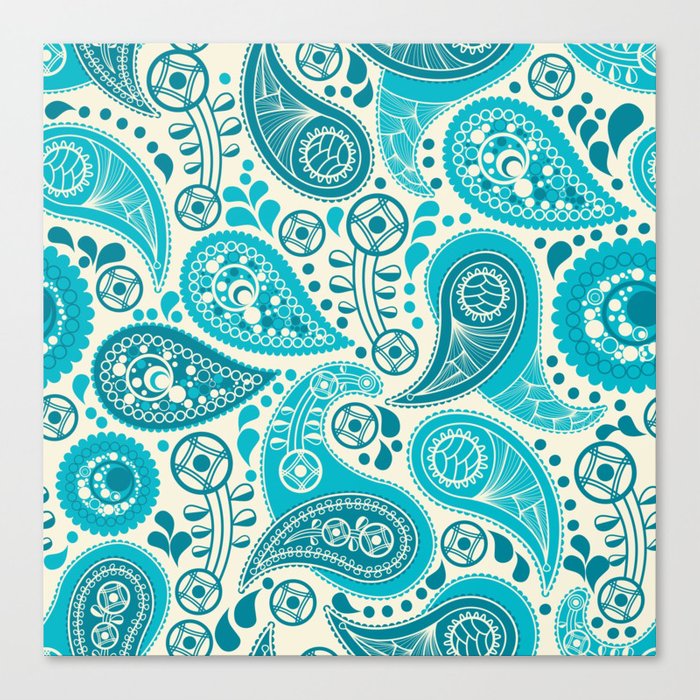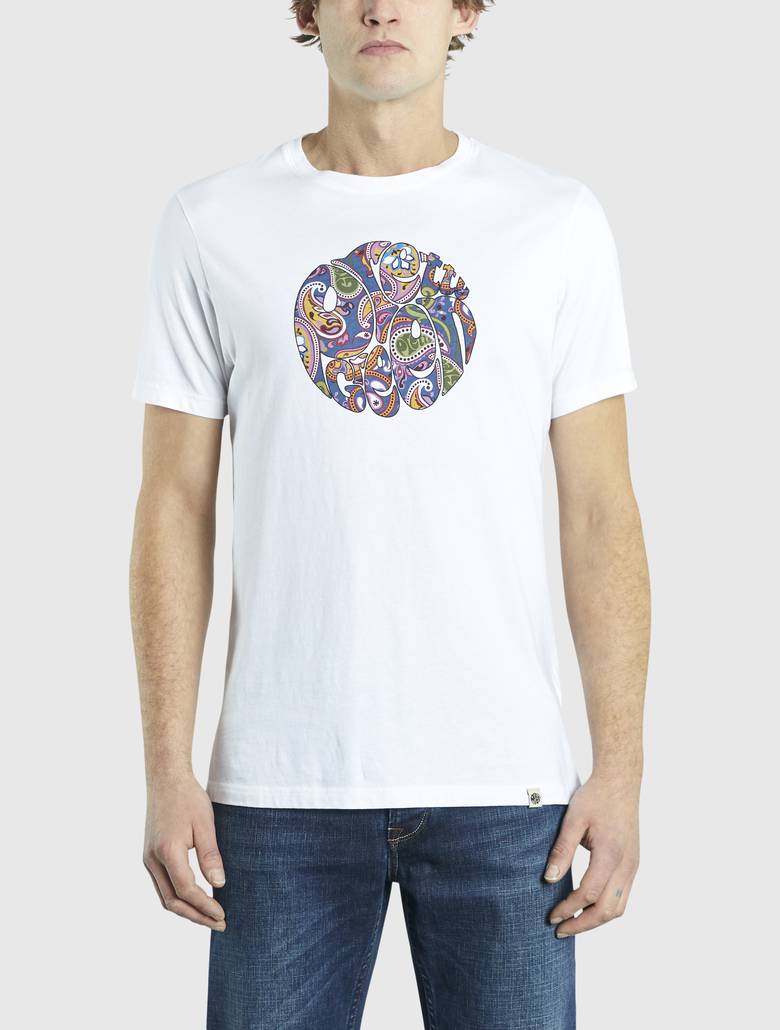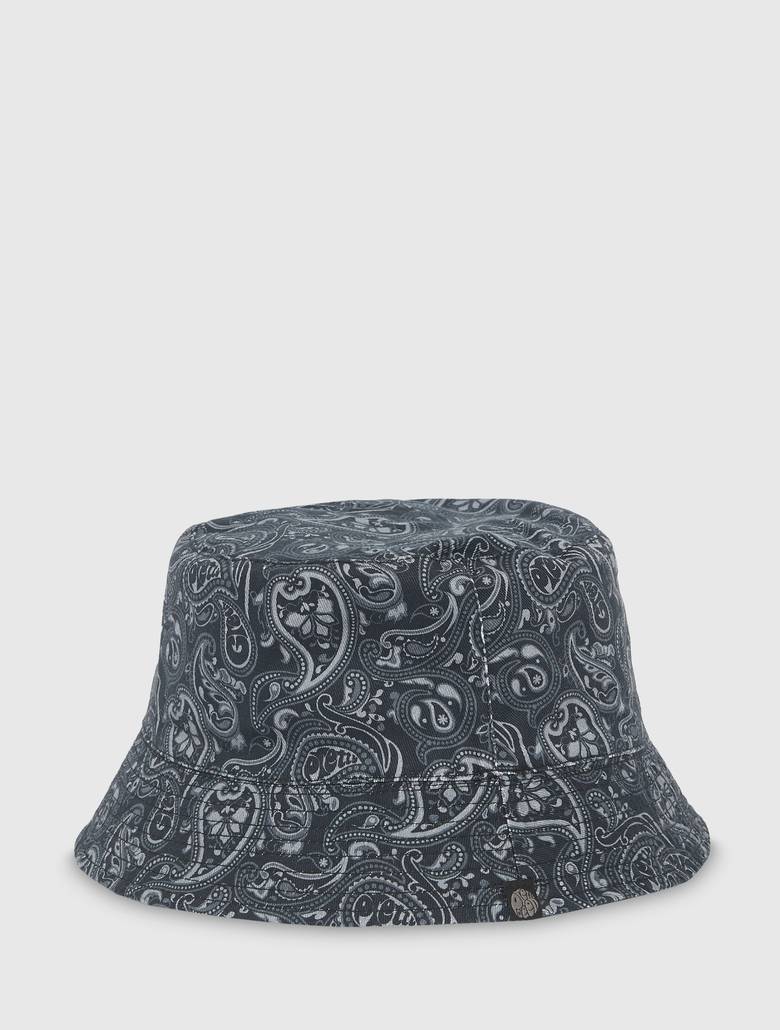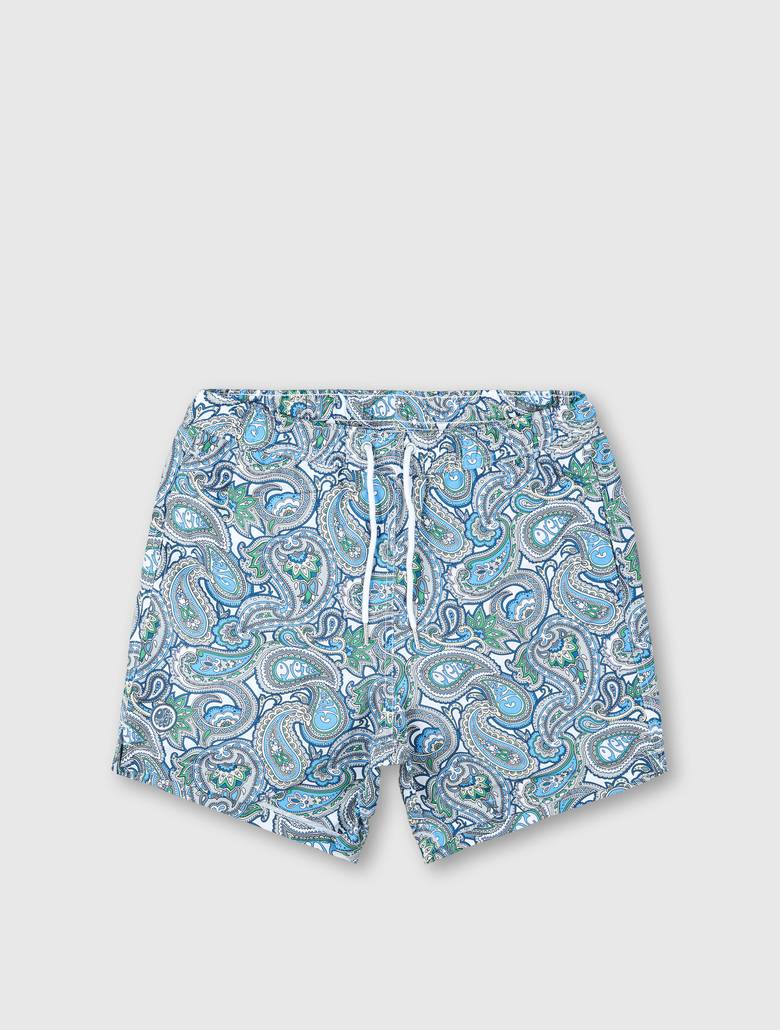Paisley: an iconic print that has stretched its heritage over numerous decades. We have seen this design across a number of different things, from fashion to interior design, to even on the sides of taxis. But with every great design, comes an even greater story. We want to celebrate the history of this world-renowned print with the release of our striking Kay Michaels Paisley lining. We think it's only fair to give you some inside knowledge into why we fell in love with this design, and why the history of this look is contributing to its expectations of even more longevity for the next decades to come.

The Paisley design was originally called the Buta or Boteh. This means the word ‘flower’... The Boteh motif originally began as a single flowering plant, but gradually, the Boteh, teardrop motif eventually abstracted and curved until the 18th century-born top-curl became exaggerated to the point in which it’s at now. Believe it or not, there’s actually a theory that states that the origin of the print was founded in ancient Babylon and took inspiration from the shoots of palm. This was a source of the people’s food, wine, and wood, and was therefore called the ‘tree of life’.
But unfortunately, we weren’t around to know if that theory is true or not… But it’s pretty cool to think that it is. All we know is that the Paisley design made its way over to the UK when the design was further updated with more detailing featuring images of Carnations, Dahlias, and Irises… Traditional insects and animals such as snakes and parrots were also included.
Paisley is most famously associated with luxurious Kashmir shawls, originally woven from fine goat hair as an incredibly soft Persian royalty. Kings often gifted their inferiors with these as a robe of honour - this allowed leaders to assert authority and bestow merit onto his officials. Eventually, paisley Kashmir shawls made their way to the West when they began to offer them as gifts to European officers.
As it continued to evolve, the 19th century saw the design hit Scottish soil, more specifically, in Paisley, where Scotland quickly became a lead producer of the design - thus leading to it changing its name to the Paisley print. This era carried on growing, seeing the print become a stylish figure for progressive bohemian tastes. The sartorial-savvy writer, Oscar Wilde was known to don paisley as the pattern was heavily embraced by both Aesthetic and Art Nouveau movements.
The years then passed and Paisley experienced another boom later in the 60s and 70s when fashion adopted influences from Eastern-style garments and prints. Paisley denoted an exoticism made popular by The Beatles. The Liverpool-born band went crazy for the pattern after they visited India - so much so, John Lennon even painted his Rolls Royce in the design. But it wasn’t just the music that encouraged people to wear such an abstract design… The 70s was a wild time, full of psychedelic art and fashion, Paisley fit right in with its flourishing details and vivid colours.
It appears that the connection between the Paisley design and musicians has always been apparent, though. Take Oasis legend Liam Gallagher for example, his post-rock-n-roll venture with Manchester-based label, Pretty Green, saw the brand base entire collections off this entire print, and the people loved it. Its attachment to Manchester has been around even more recently also, Manchester City’s recent third kit embodied the famous print - they partnered with Puma to create the recent masterpiece, sporting the jersey on the biggest stages across the world.
With that being said, still to this day, Paisley remains a popular pattern. Its ornate and intricate design still embraces a simple form in the most unique way that will never fail to draw the eye. Its inherent artistry will forever be seen on the corners of a sumptuous rug or across the back of a fashion enthusiast, we will never part ways with its influence. But then again, why would we want to?







